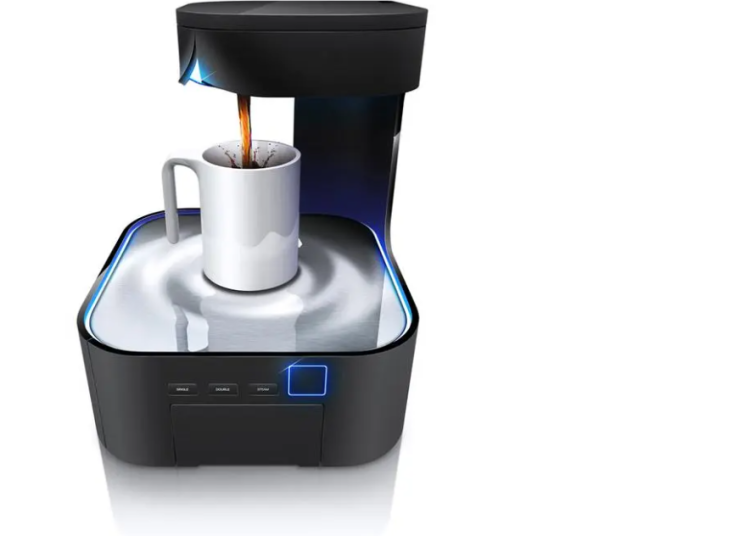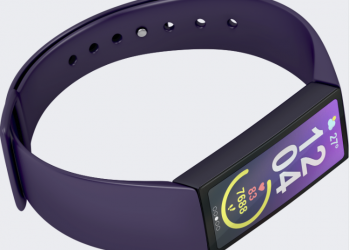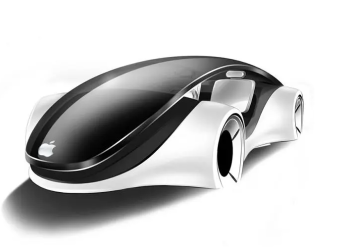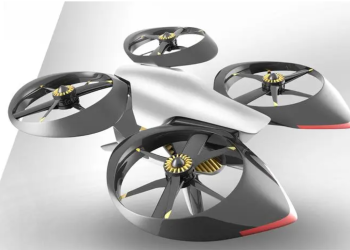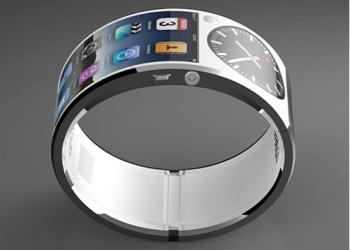In the dynamic world of sports, athletes are constantly seeking innovative ways to gain a competitive edge. Smart clothing, equipped with cutting-edge technology, has emerged as a game-changer, revolutionizing how athletes train, perform, and recover. Let’s explore the transformative impact of smart clothing on sports performance.
Introduction to Smart Clothing
Definition and Overview
Smart clothing refers to garments embedded with sensors and technology that can track and monitor various aspects of an athlete’s performance, such as heart rate, motion, and muscle activity.
Evolution in Sports
The use of smart clothing in sports has evolved rapidly, from early experiments in research labs to widespread adoption by professional athletes and sports teams around the world.
Technology Behind Smart Clothing
Sensors and Fabric Integration
Smart clothing integrates sensors directly into the fabric, allowing for seamless monitoring of physiological and biomechanical data during training and competition.
Data Collection and Analysis
Data collected by smart clothing is transmitted wirelessly to a mobile app or computer for real-time analysis, providing athletes and coaches with actionable insights to optimize performance and prevent injuries.
Benefits for Sports Performance
Real-Time Feedback
Smart clothing provides athletes with immediate feedback on their performance, allowing them to make adjustments in real-time and optimize their training regimen for maximum effectiveness.
Injury Prevention
By monitoring biomechanical data, smart clothing can identify potential injury risks and provide personalized recommendations for injury prevention exercises and techniques.
Types of Smart Clothing
Smart Shirts
Smart shirts are equipped with sensors that monitor vital signs such as heart rate, respiration rate, and body temperature, providing athletes with valuable insights into their physiological state during exercise.
Smart Compression Gear
Smart compression gear applies pressure to specific muscle groups while also monitoring muscle activity, helping athletes improve blood flow, reduce muscle fatigue, and enhance recovery.
Case Studies in Sports
Professional Athletes’ Experiences
Professional athletes across various sports have embraced smart clothing as a valuable tool for optimizing performance and gaining a competitive edge.
Team Integration
Smart clothing is increasingly being adopted by sports teams for collective data analysis and performance optimization, allowing coaches to tailor training programs to the specific needs of individual athletes and the team as a whole.
Challenges and Limitations
Cost and Accessibility
One of the main challenges facing the widespread adoption of smart clothing in sports is the high cost of these technologies, making them inaccessible to many athletes and teams, particularly at the grassroots level.
Comfort and Durability
Comfort and durability are also important considerations, as athletes require clothing that can withstand rigorous training sessions and competitions without compromising performance or causing discomfort.
Future Developments
Advancements in Material Science
Advancements in material science are driving innovation in smart clothing, with researchers exploring new fabrics and textiles that offer enhanced functionality, durability, and comfort.
Integration with Wearable Tech
The integration of smart clothing with other wearable technologies, such as smartwatches and fitness trackers, is expected to further enhance the capabilities of these devices and provide athletes with a more comprehensive view of their performance and health.
Conclusion
Smart clothing represents a paradigm shift in sports performance optimization, offering athletes unprecedented insights into their physiology and biomechanics. While challenges remain, the potential for innovation and impact is vast, promising a future where every athlete has access to cutting-edge technology to unlock their full potential.

FAQs After The Conclusion
- How does smart clothing differ from traditional sports apparel?
- Can smart clothing help amateur athletes improve their performance?
- Are there any privacy concerns associated with using smart clothing?
- How durable is smart clothing, especially during intense training sessions?
- Do athletes need special training to use smart clothing effectively?
- Can smart clothing be customized for different sports and activities?
- Are there any regulatory guidelines for the use of smart clothing in sports?
- What are some potential applications of smart clothing beyond sports performance?
This essay delves into the transformative impact of smart clothing on sports performance, covering its technology, benefits, types, case studies, challenges, future developments, and a conclusion.


